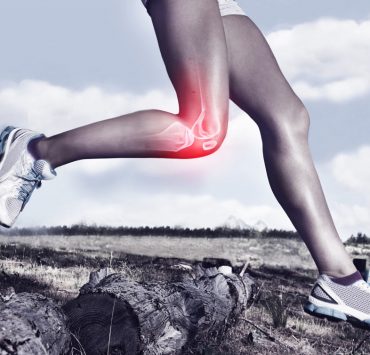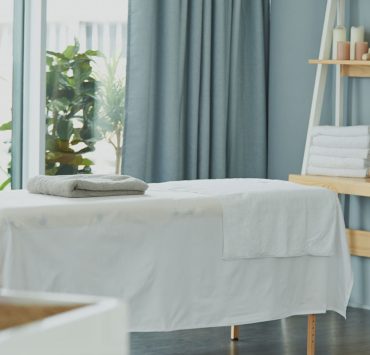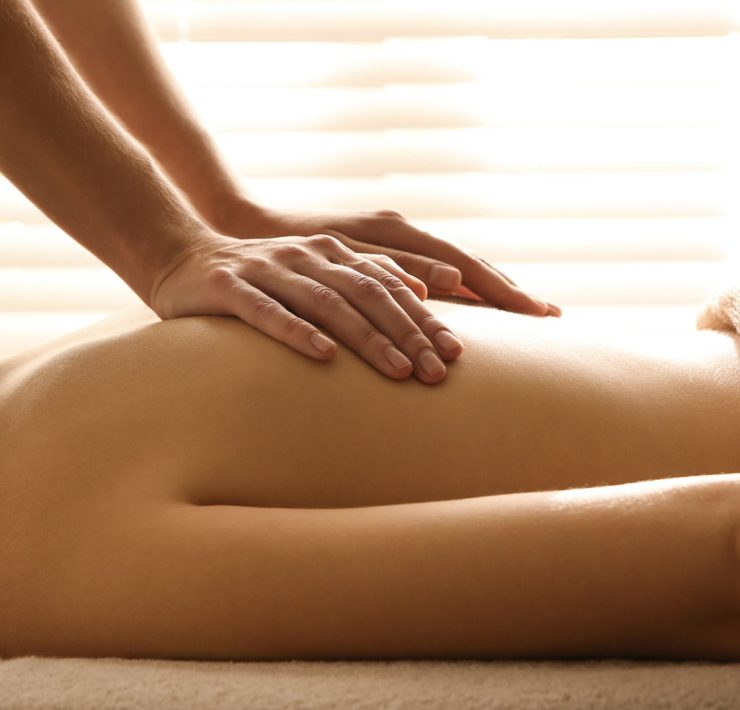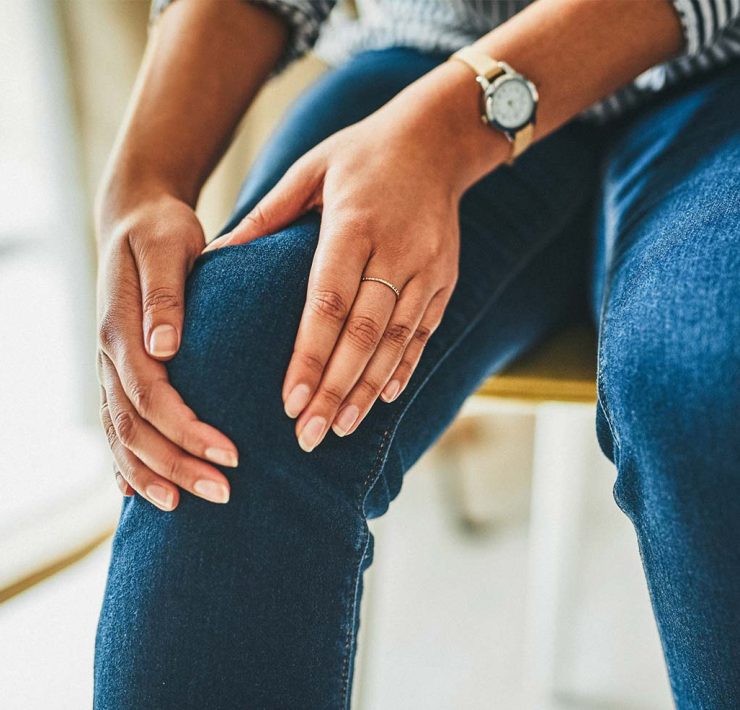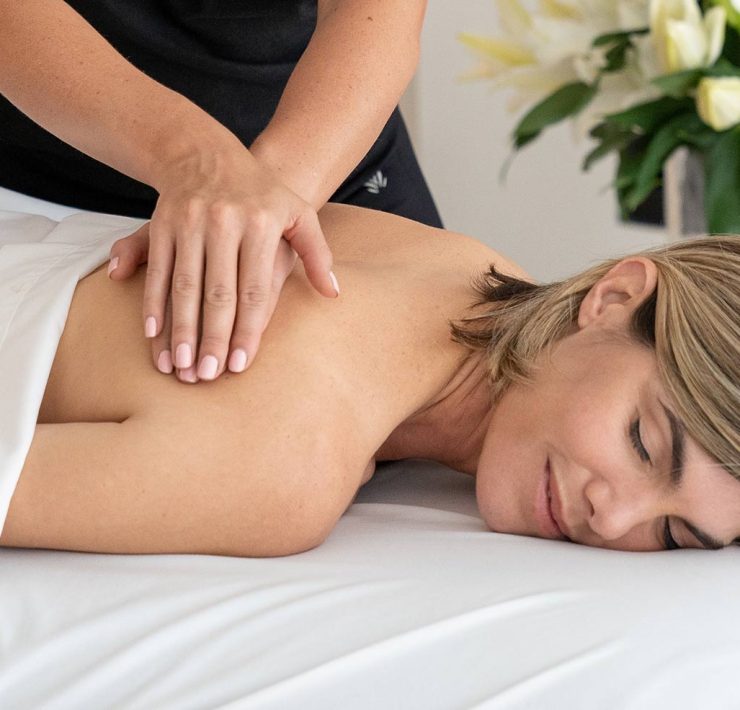As a massage therapist, I often get asked “Do you think I need to see a doctor about this pain?” Since I’m not a physician, I am not medically qualified to answer this formally, but I find it helpful to explain active and passive range of motion and how these principles can help them understand their aches and pains.
Active range of motion, often abbreviated as AROM (pronounced “ae-rahm”) refers to the degree of movement in a joint when you move your own body. This occurs in nearly everything you do—walking around, cooking, exercising, etc. AROM describes when your brain tells your body to move and you do so.
Passive range of motion, or PROM (pronounced “pea-rahm”) describes the degree of movement of your joint when an outside force moves your body. Examples include when a massage therapist moves your arm while performing a massage, or when one’s leg is hooked up to a CPM (continuous passive motion) machine in a post-surgical setting. In a PROM scenario, your brain is not initiating the movement; the movement is initiated externally.
Okay, so back to aches and pains. Let’s say your shoulder hurts when you are doing the motion of making a snow angel or doing a jumping jack. When you do this motion, you are performing AROM. Now let your arm hang limply to your side and “turn off” your muscles while a trusted (and careful!) friend moves your arm in that same motion. This would be PROM.
If your shoulder hurts during AROM but doesn’t hurt during PROM, that generally indicates that your pain is of a muscular origin. At best, your pain is just a sore muscle. It could also be tendonitis. A worse scenario here could be a torn rotator cuff (which comprises four different muscles).
If your shoulder hurts during both AROM and PROM, this could indicate a non-muscular issue. Examples here could include arthritis, bursitis, cartilage damage, bone damage, sprain, or damage to any structural part of the joint capsule.
In both cases, new or worsening pain of any kind should always be evaluated by a medical professional. Diagnosing pain is a complex puzzle, but understanding AROM and PROM can help you and your care providers assess the condition and develop an appropriate treatment plan.
By the way, one piece of that treatment plan could include massage, which has been shown in numerous studies to be a powerful solution for many common pain conditions. Plus, Zeel will bring the massage directly to you, so you don’t even have to leave the house—which can make all the difference if you’re already in pain.
Melanie Peddle holds a MS in Mechanical Engineering and has been practicing massage since 2012. She is an instructor with Western Colorado University in its partnership with the University of Colorado, focusing on biomechanical engineering and injury, as well as applications in adaptive sports. An accomplished collegiate athlete, Melanie brings an engineer's mind to all her physiological pursuits, and a passion for the most interesting engineering challenge of all: the human body.


